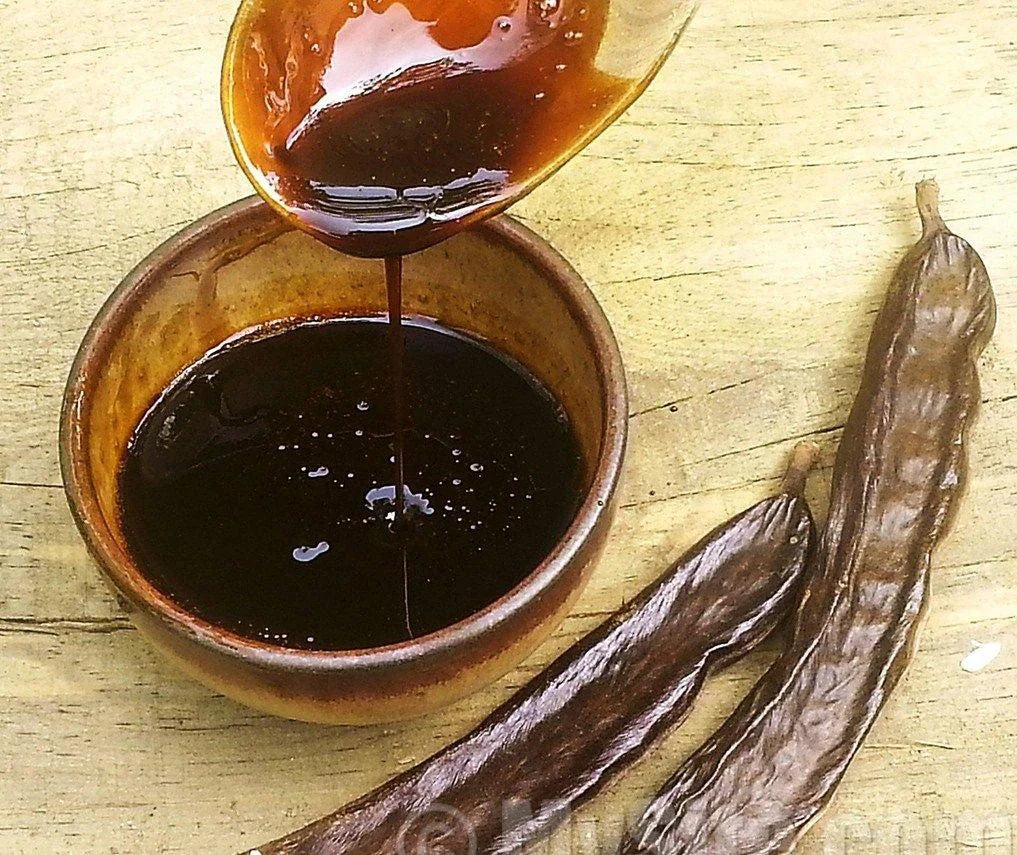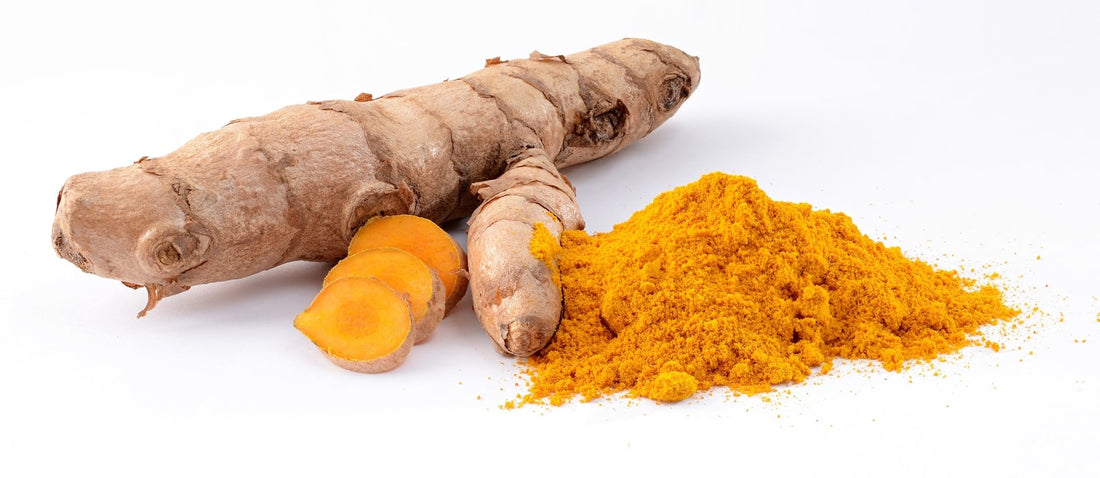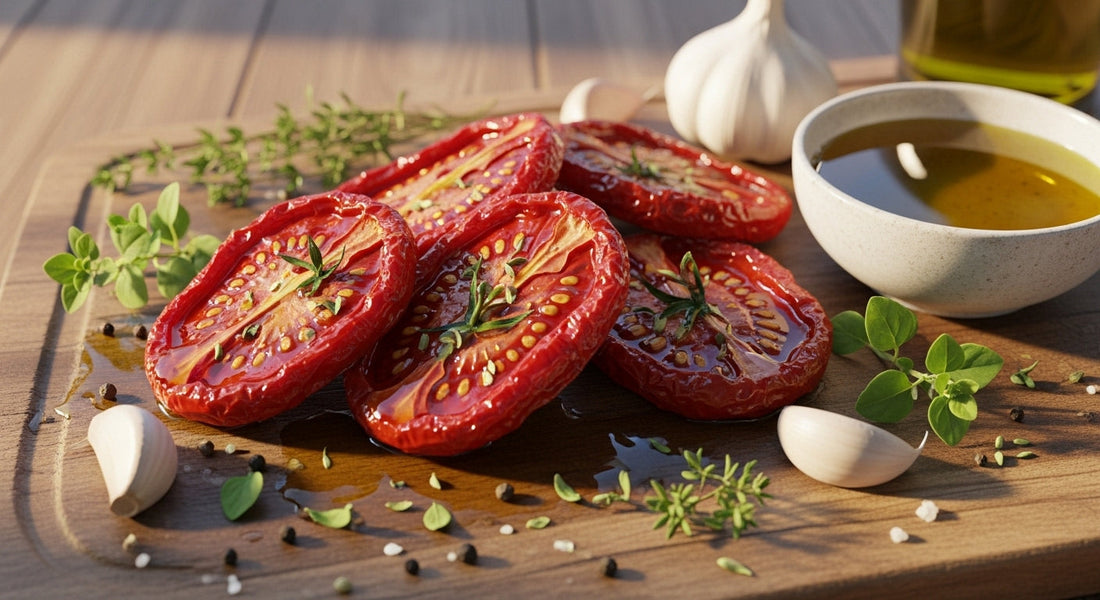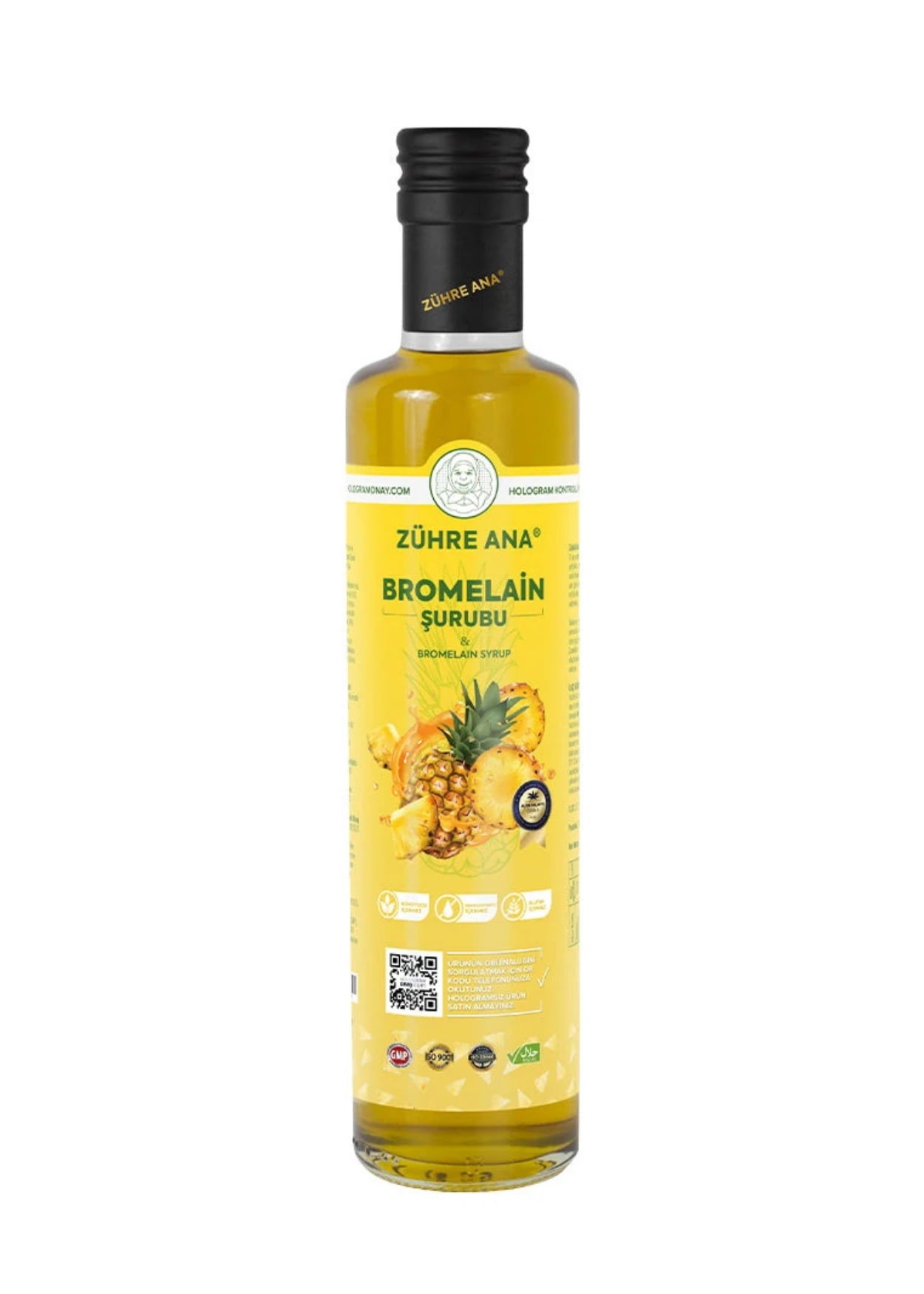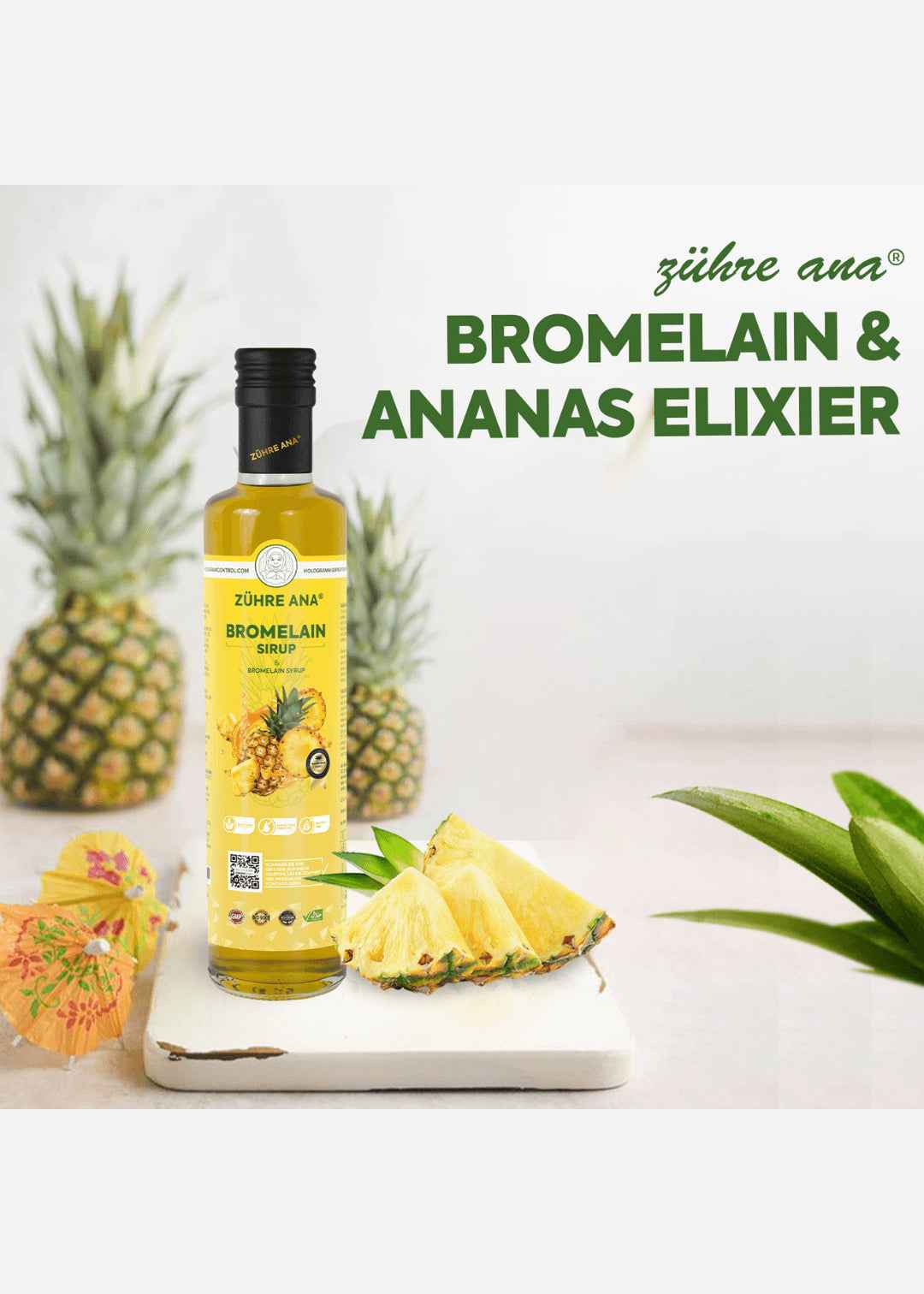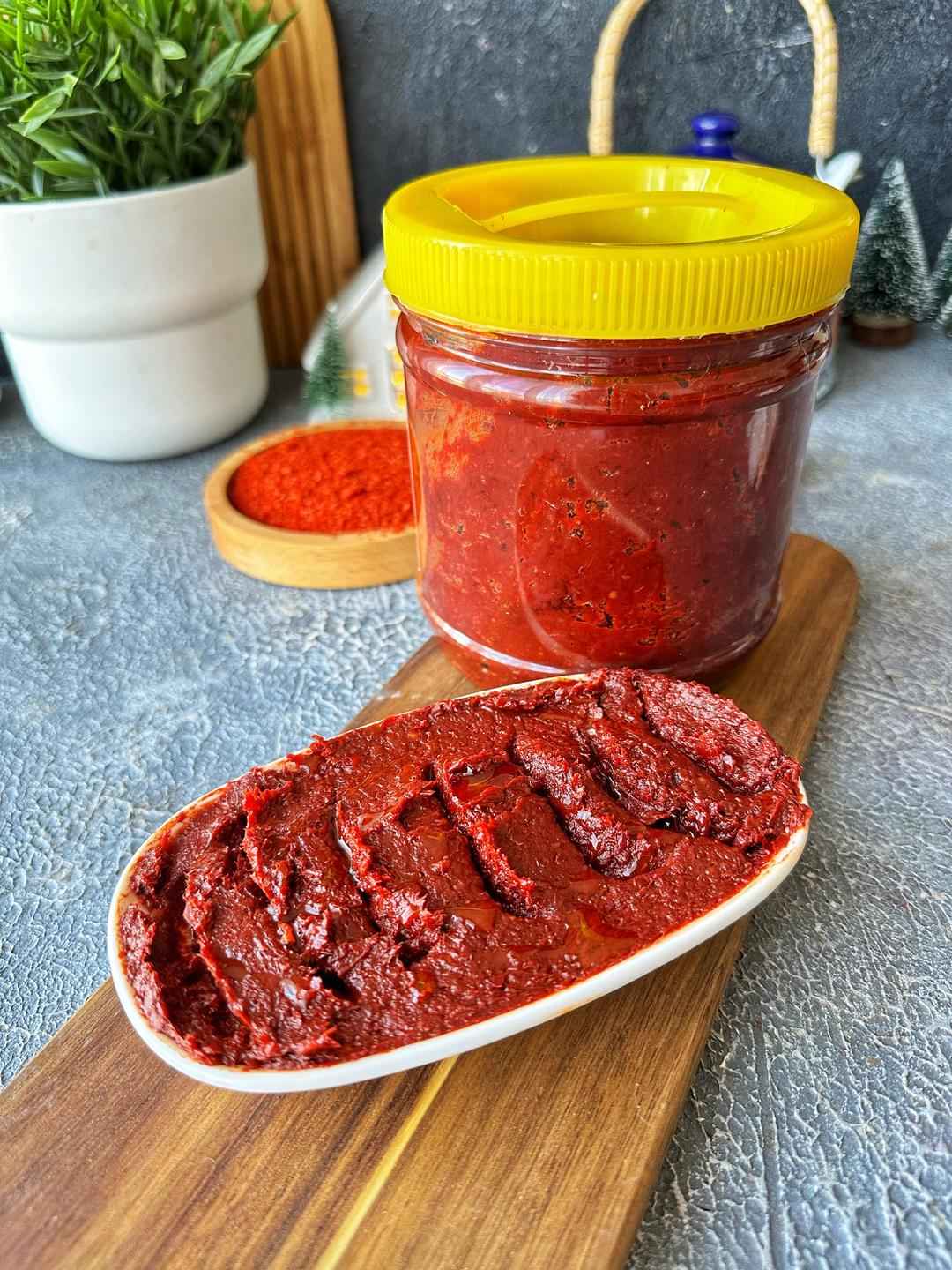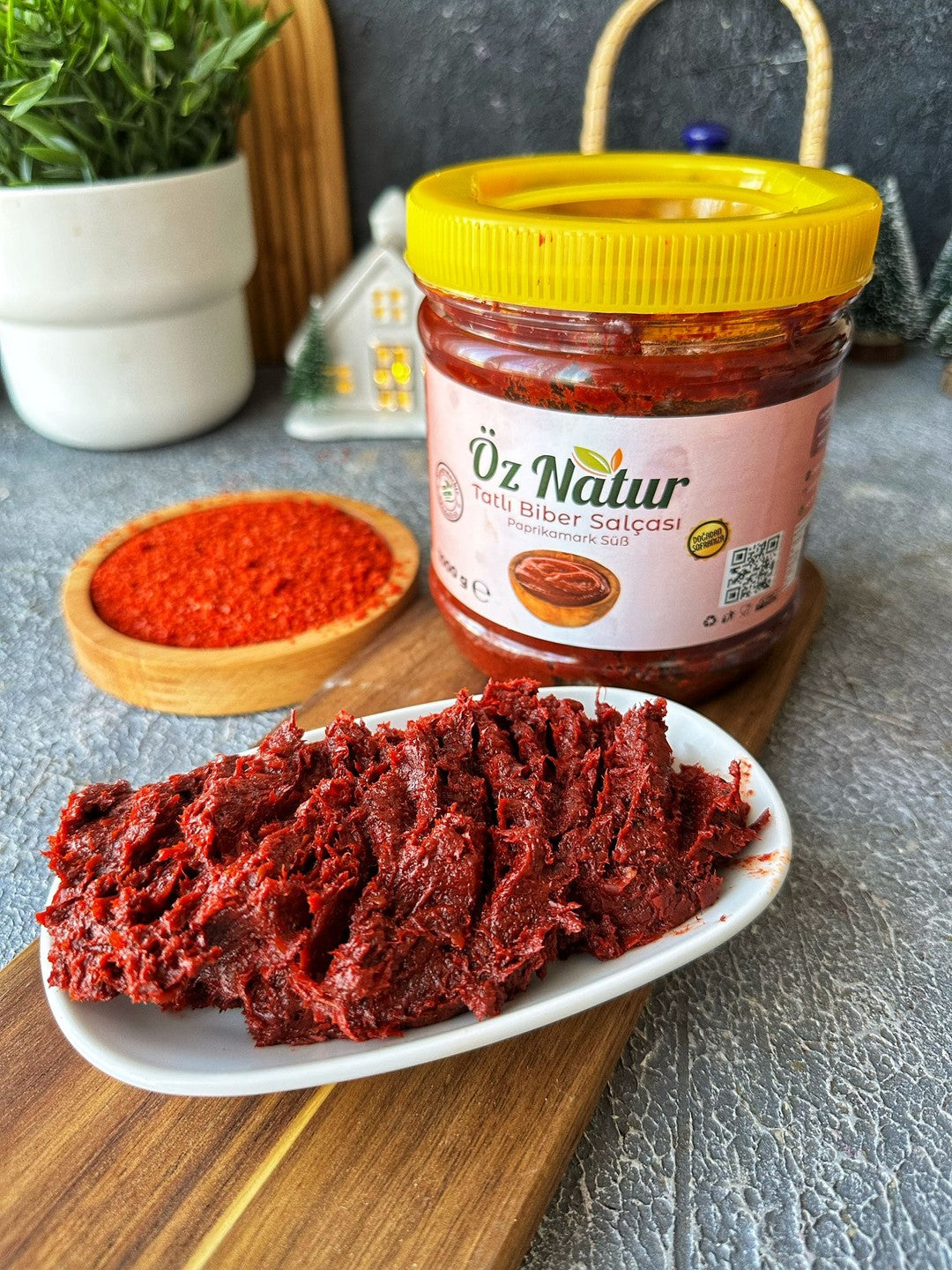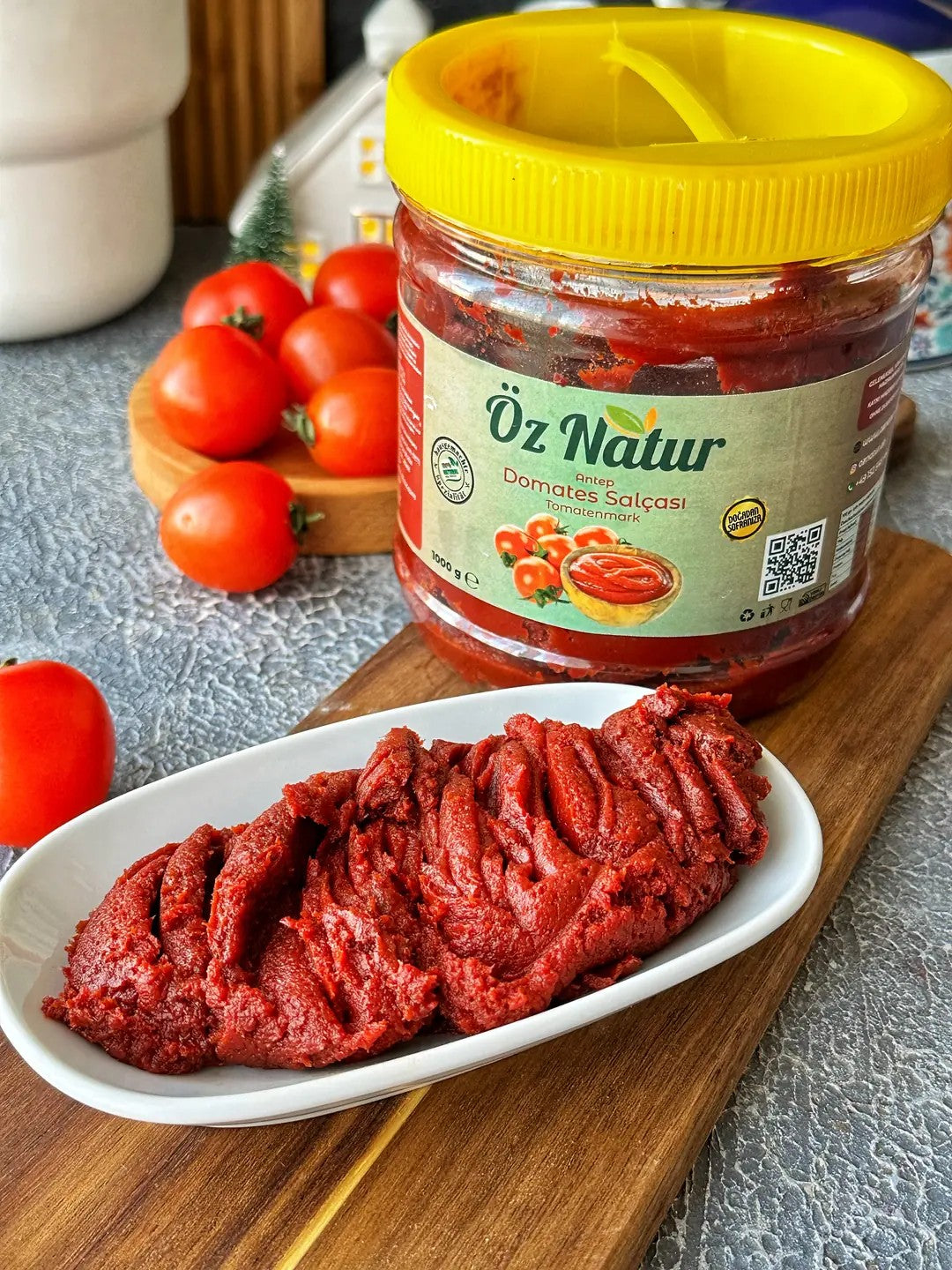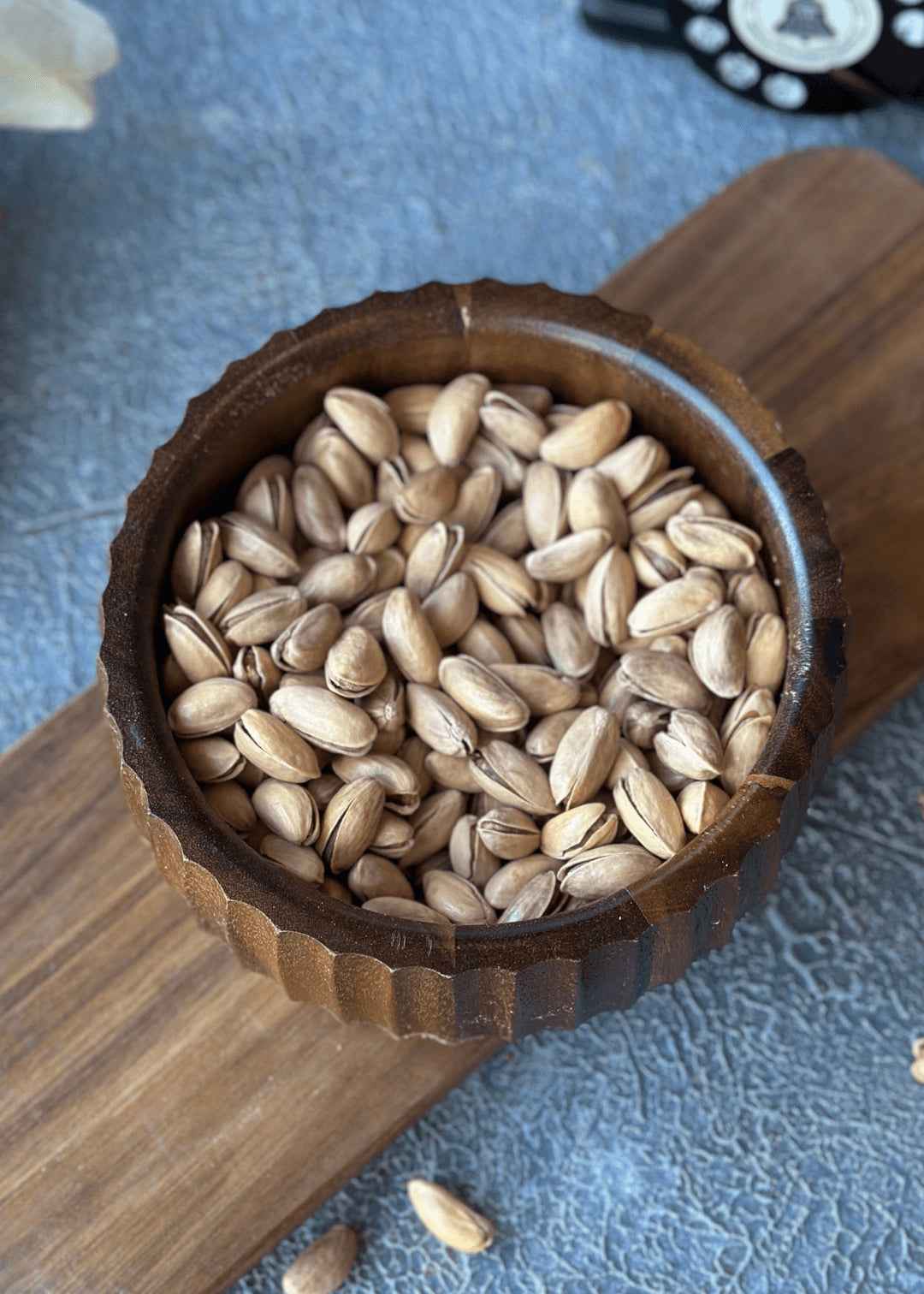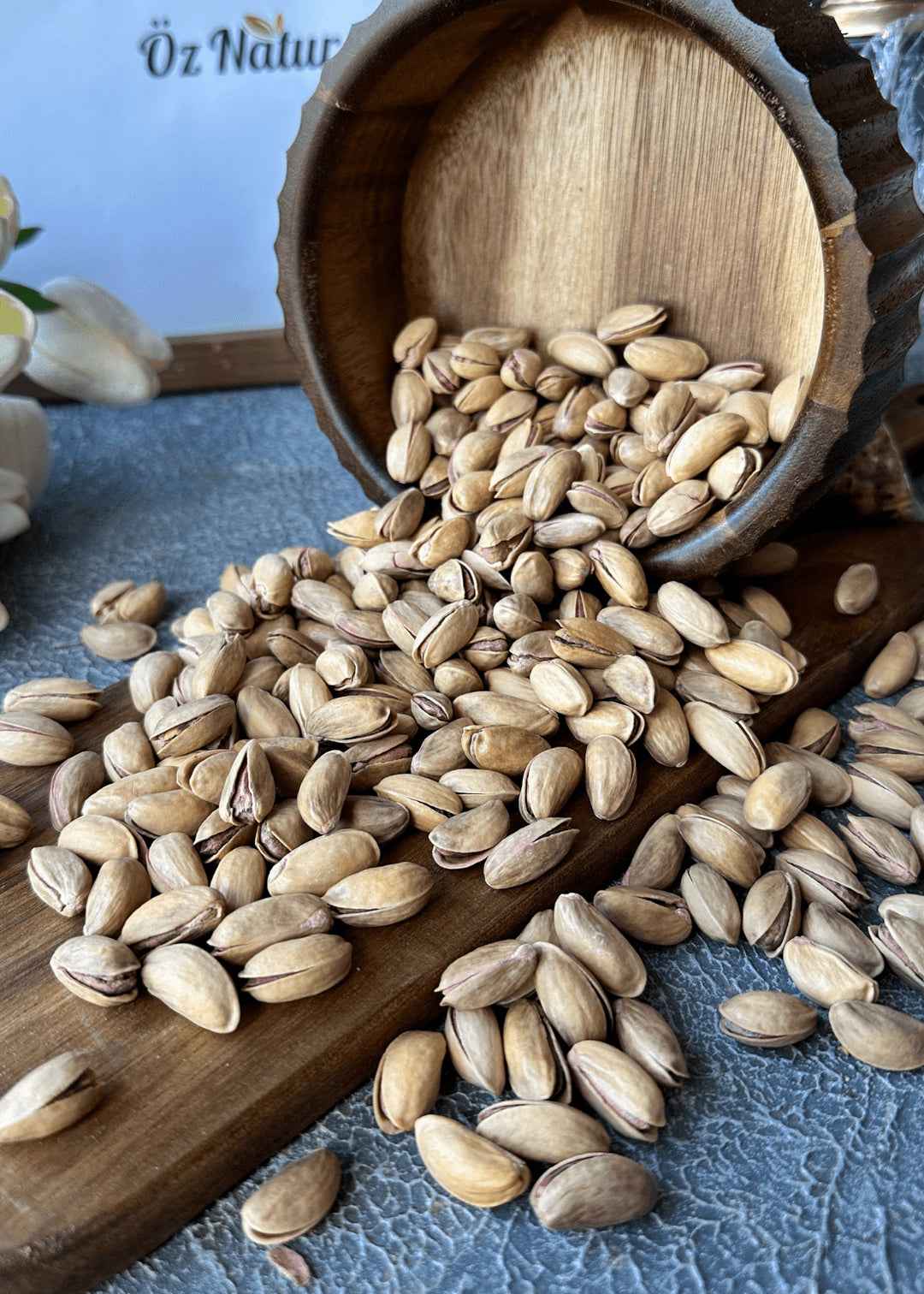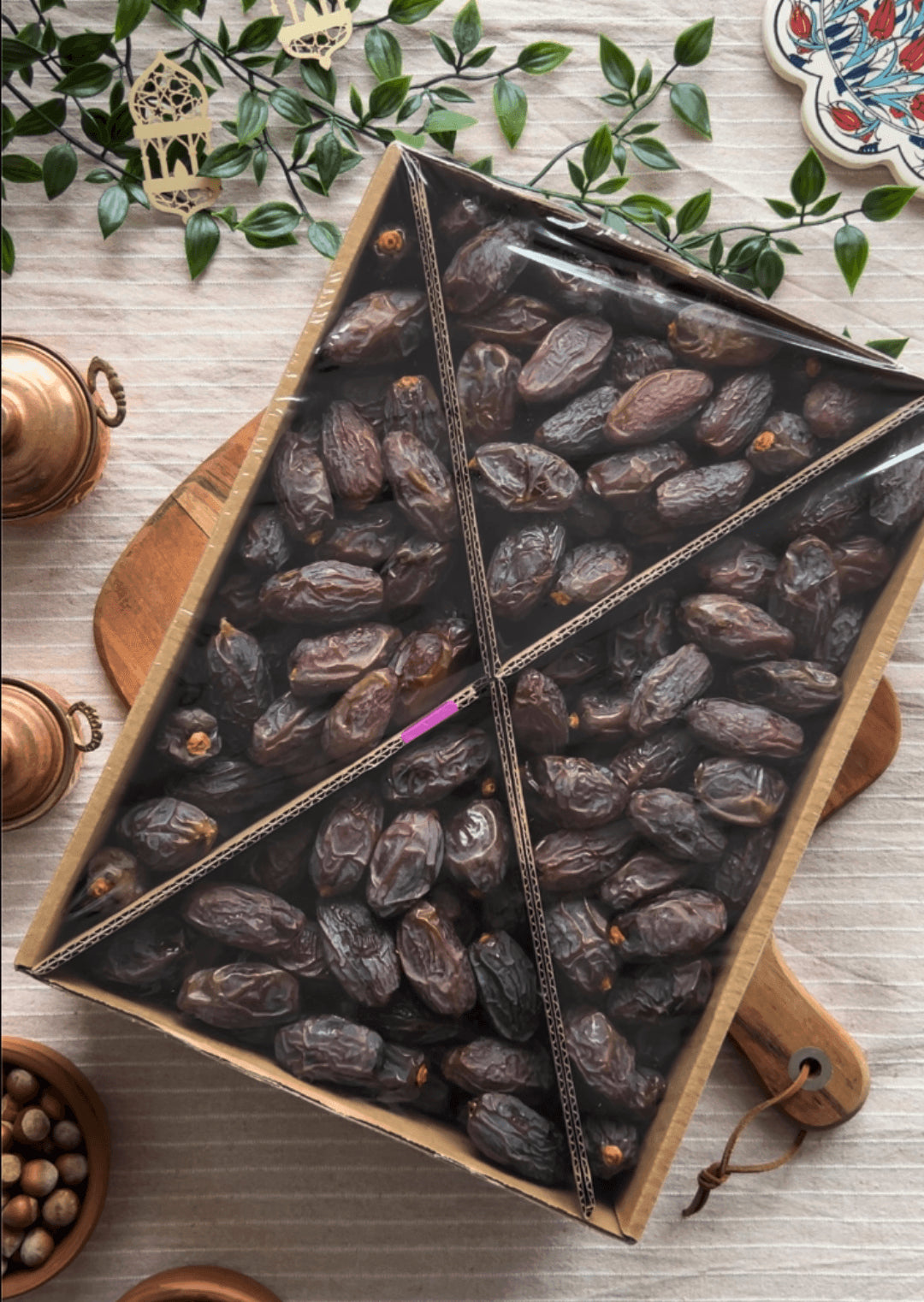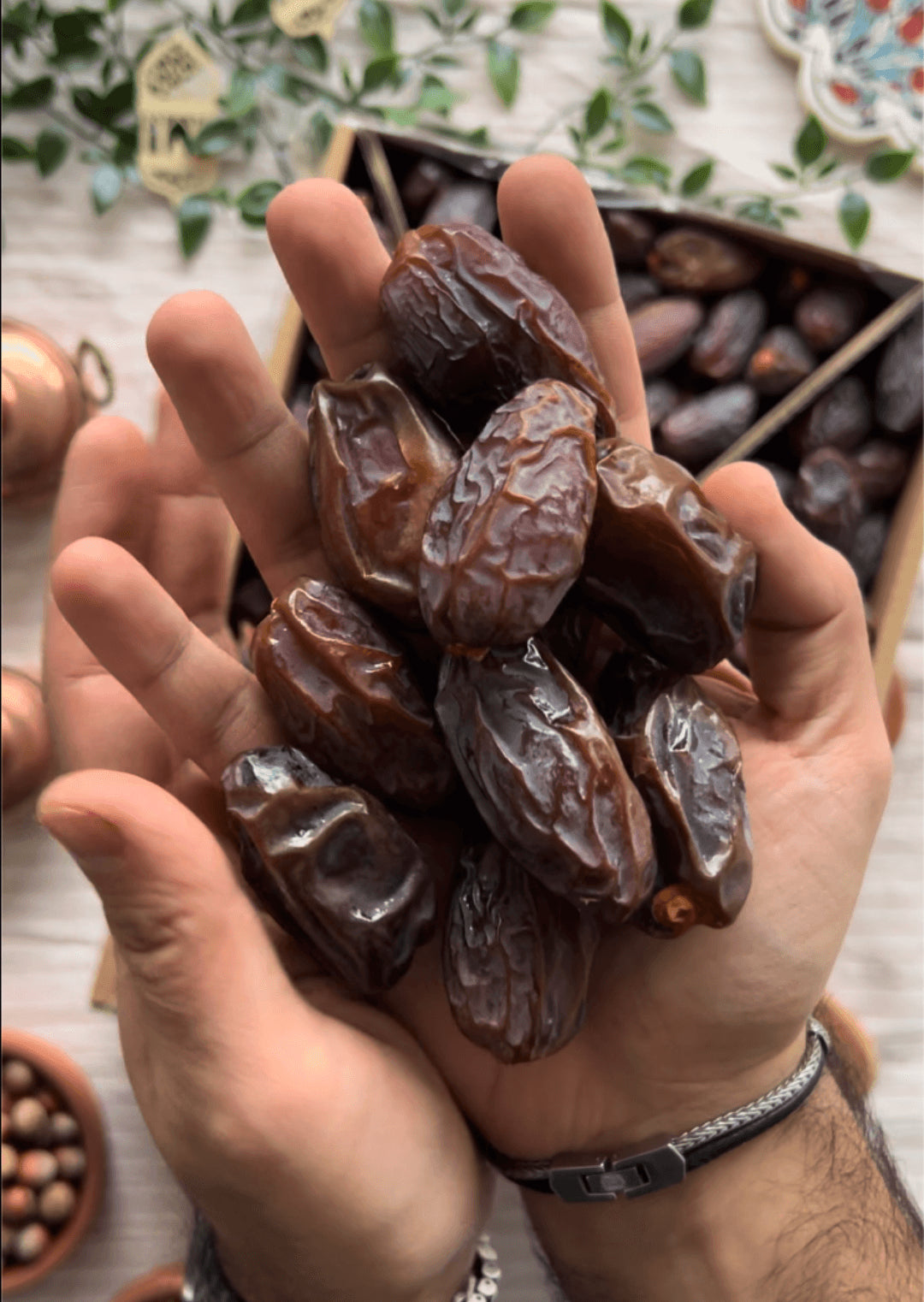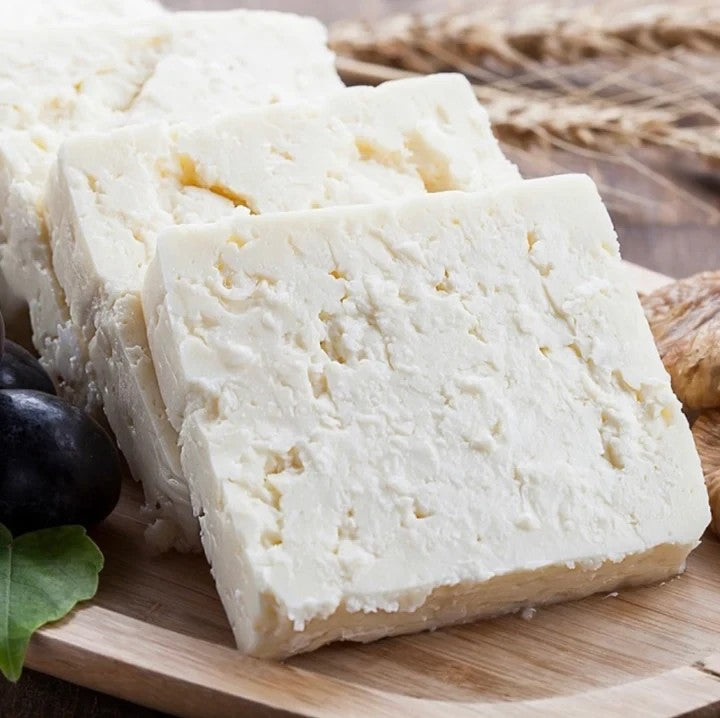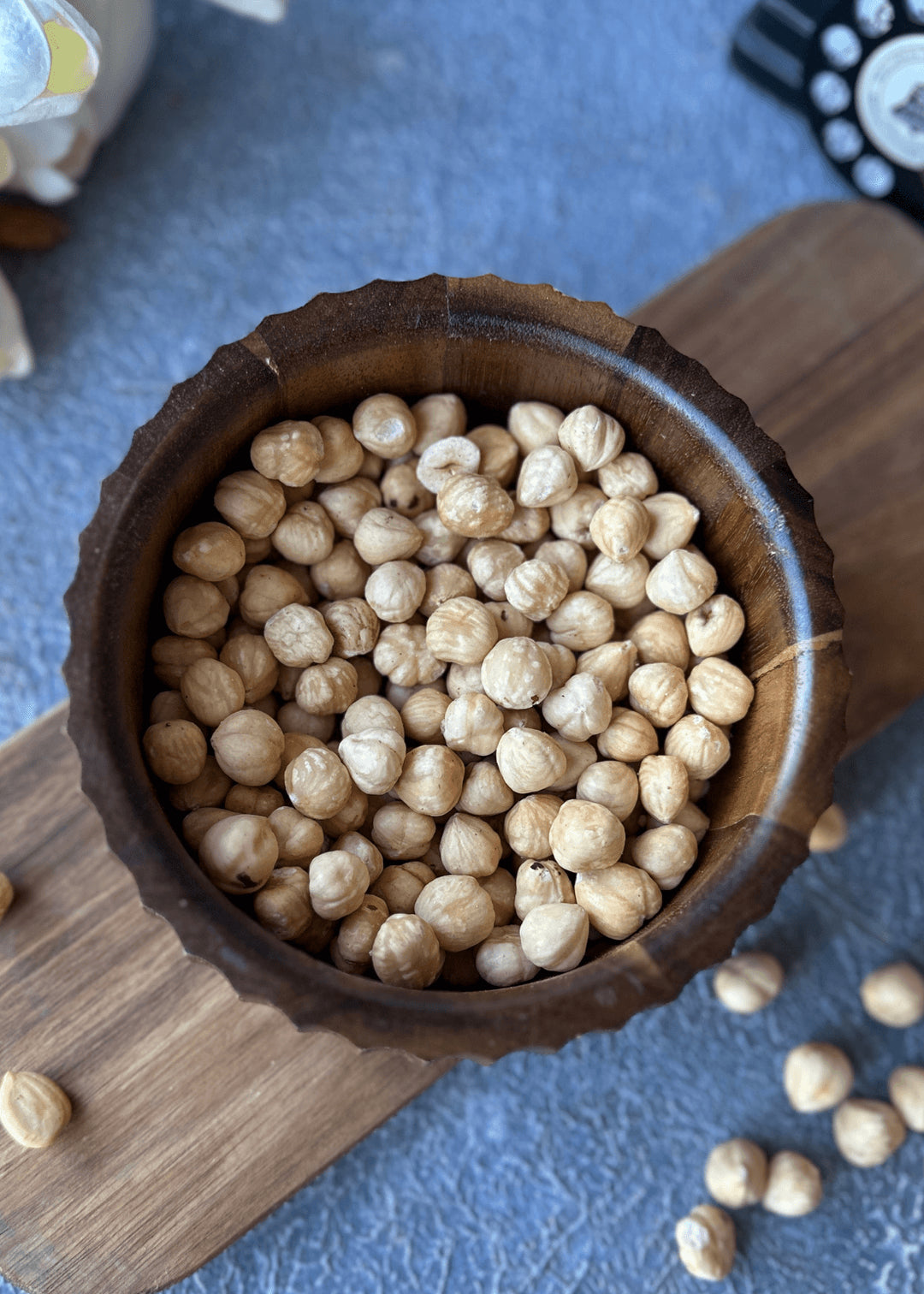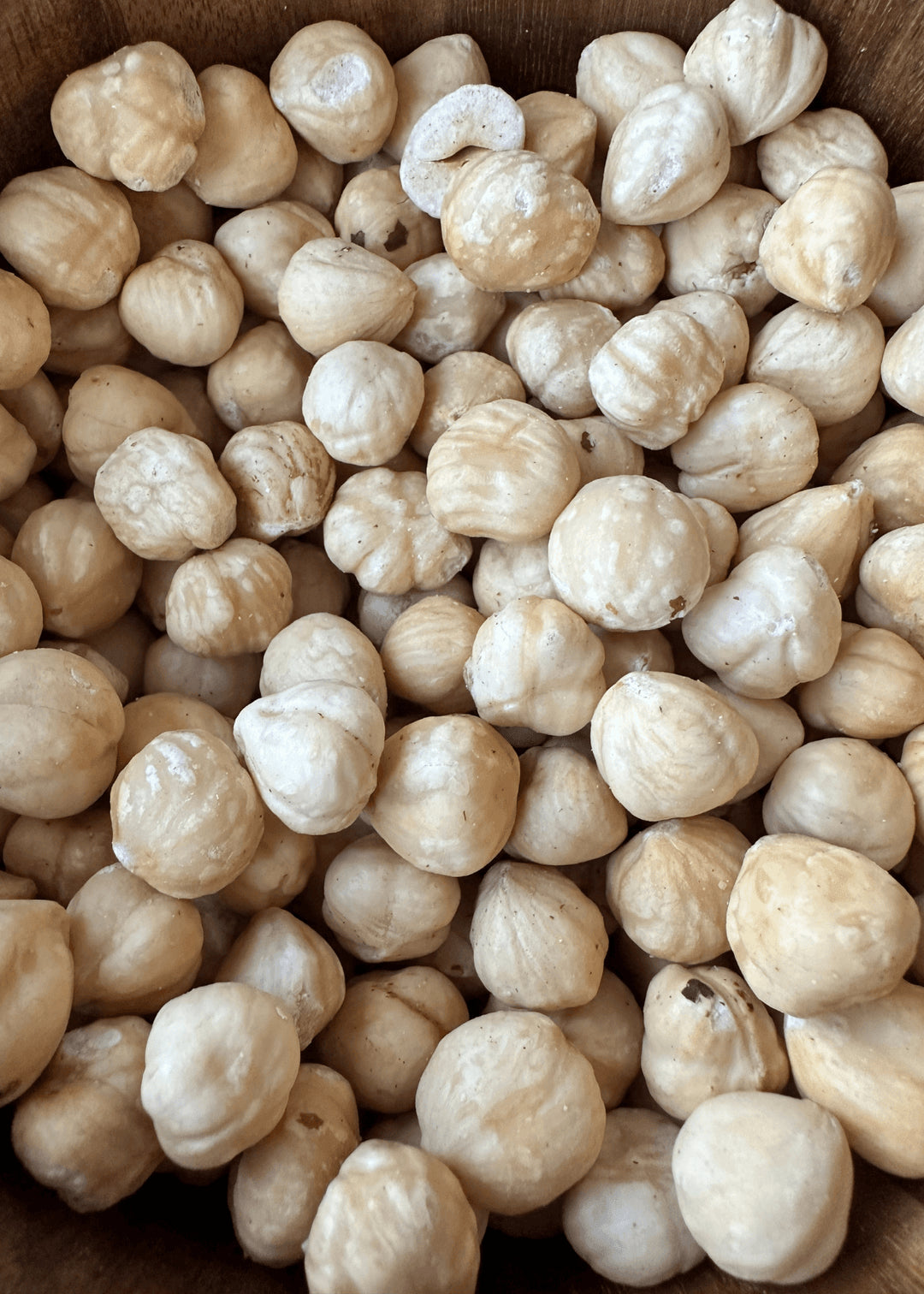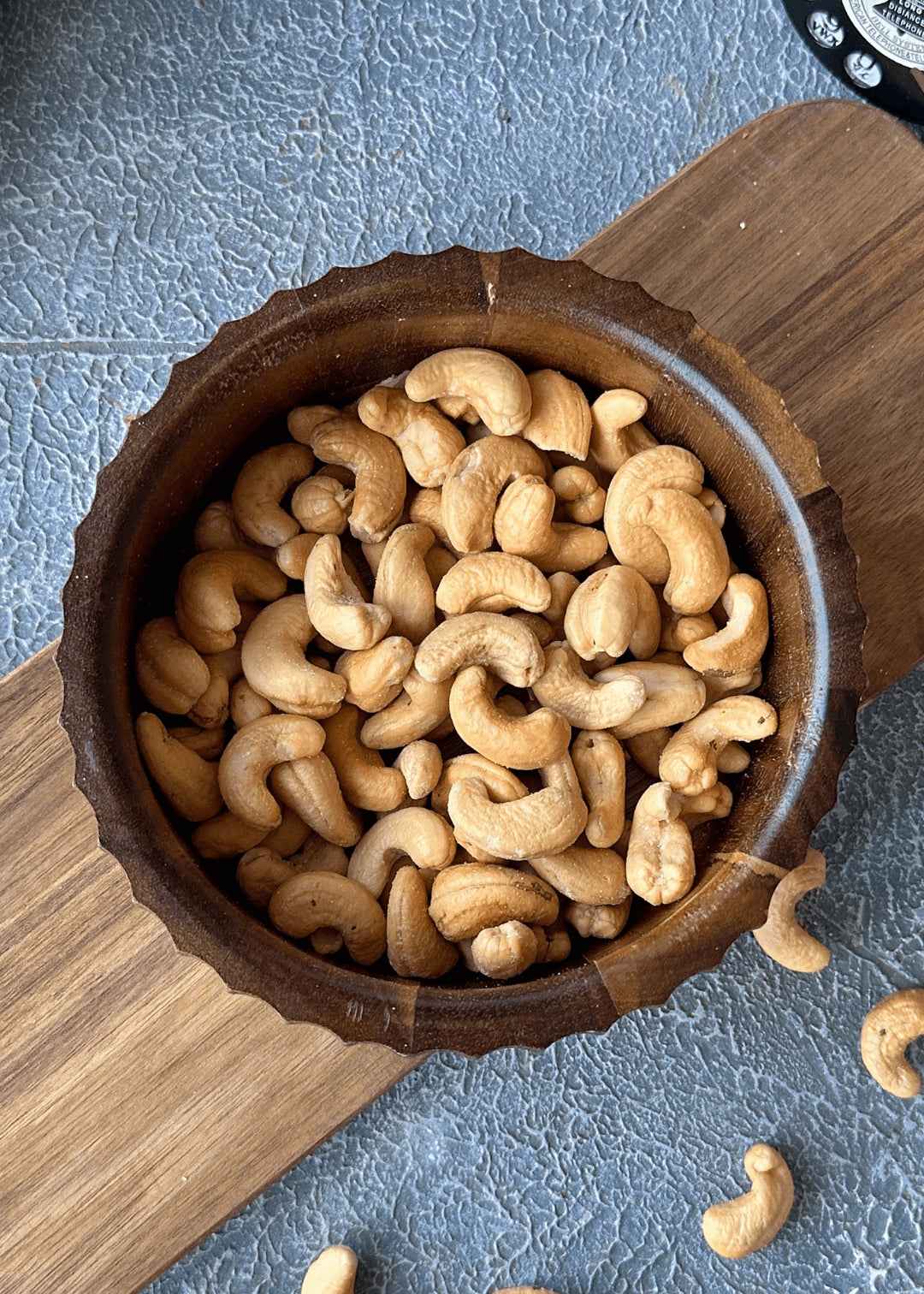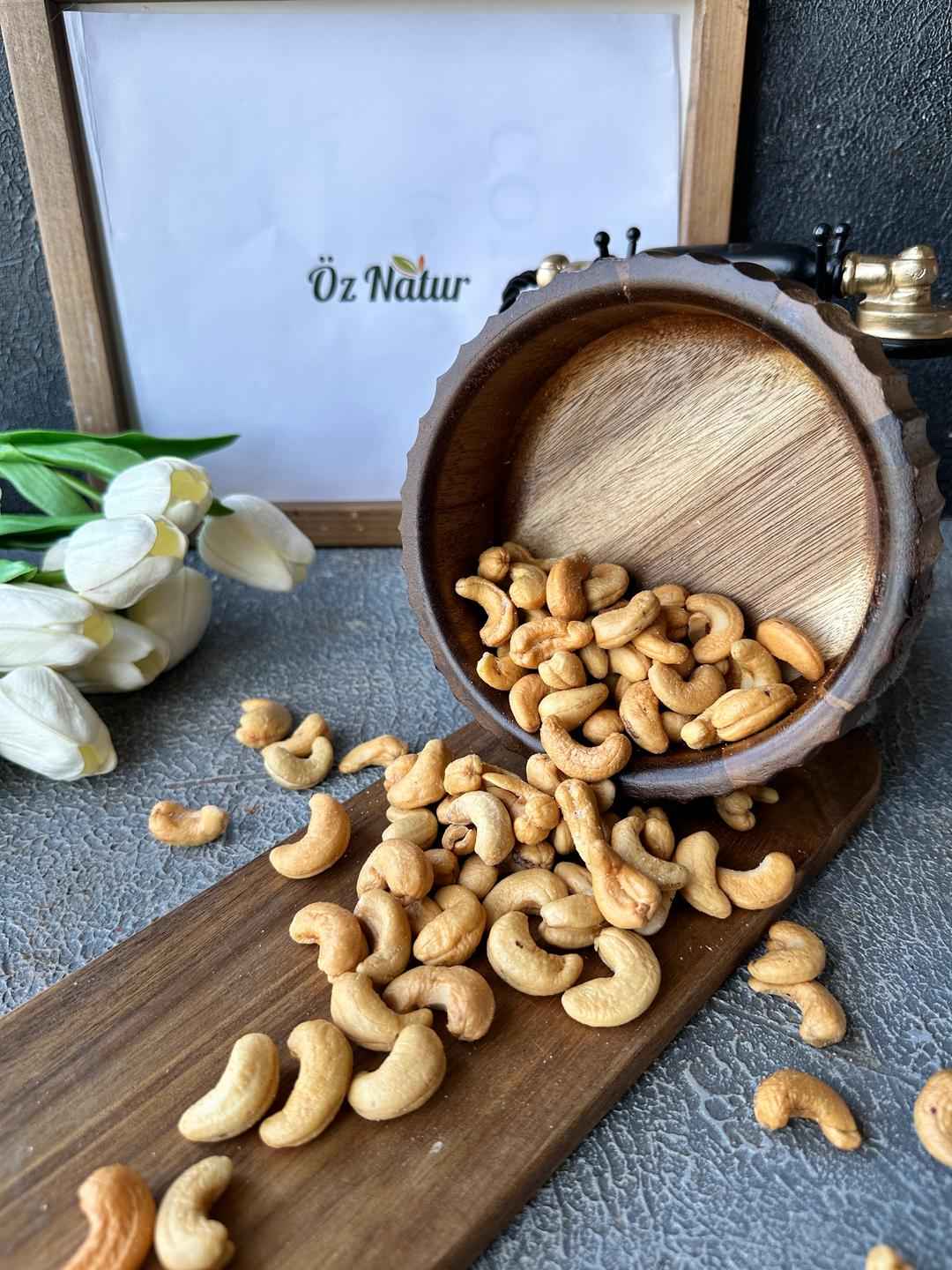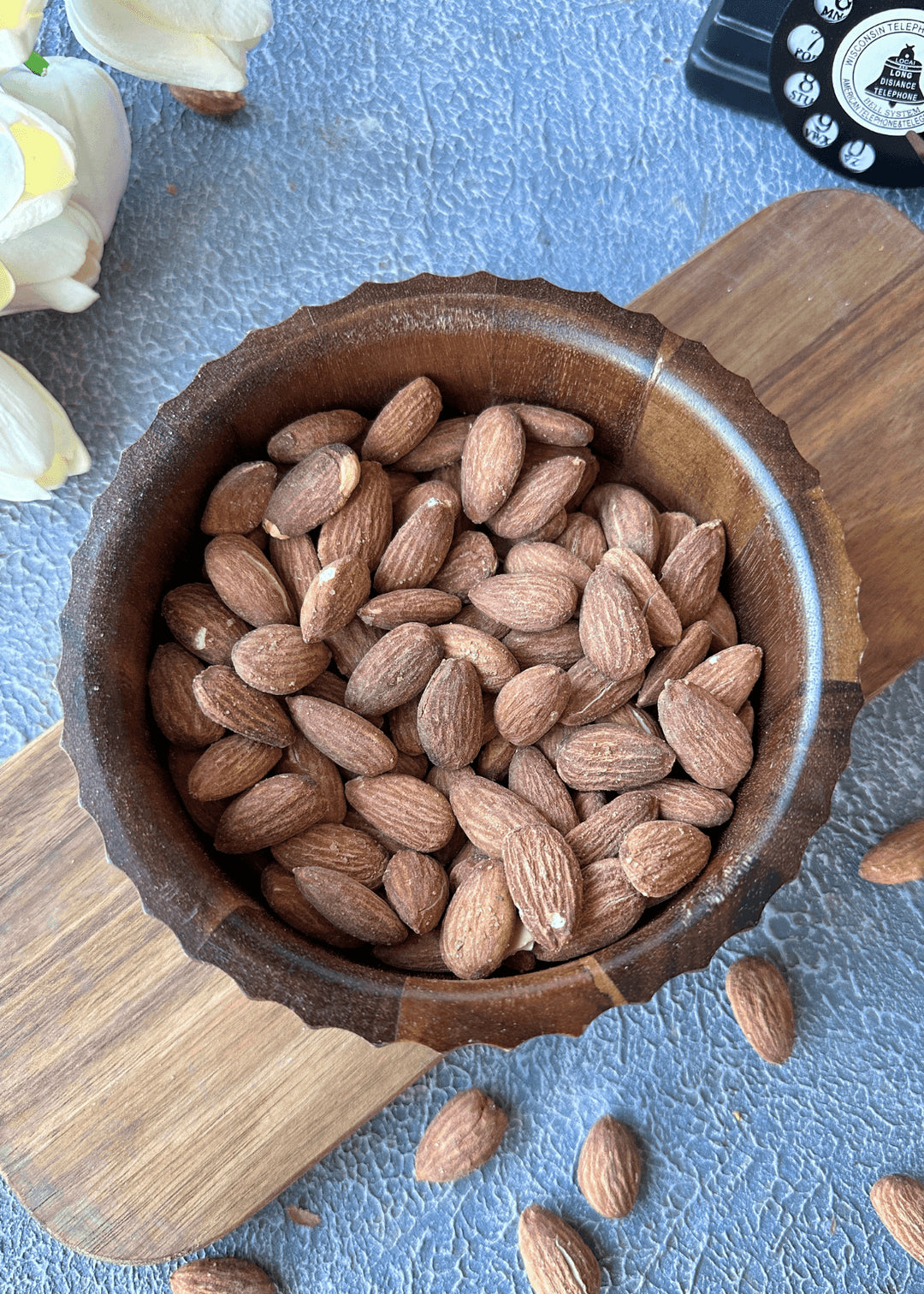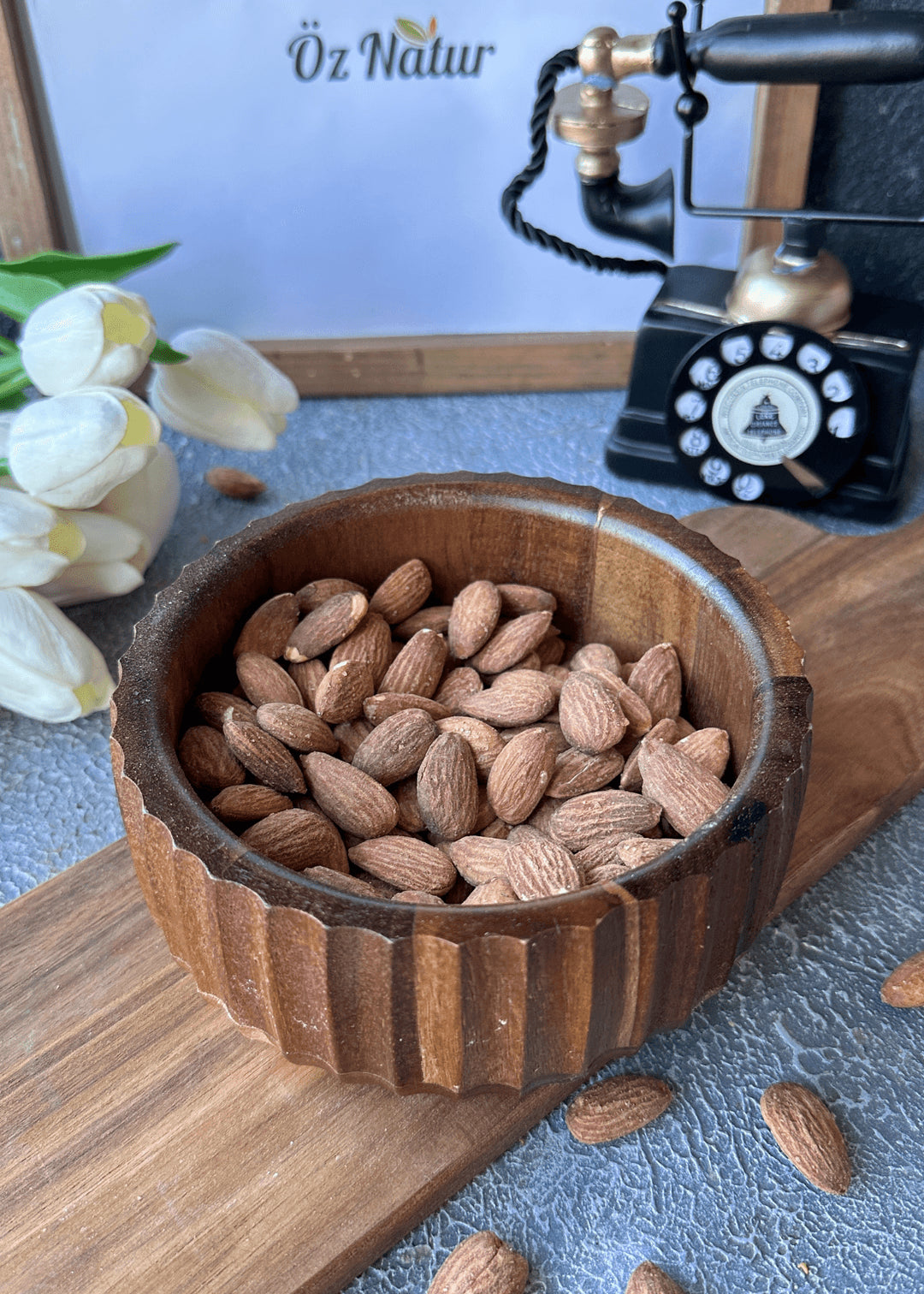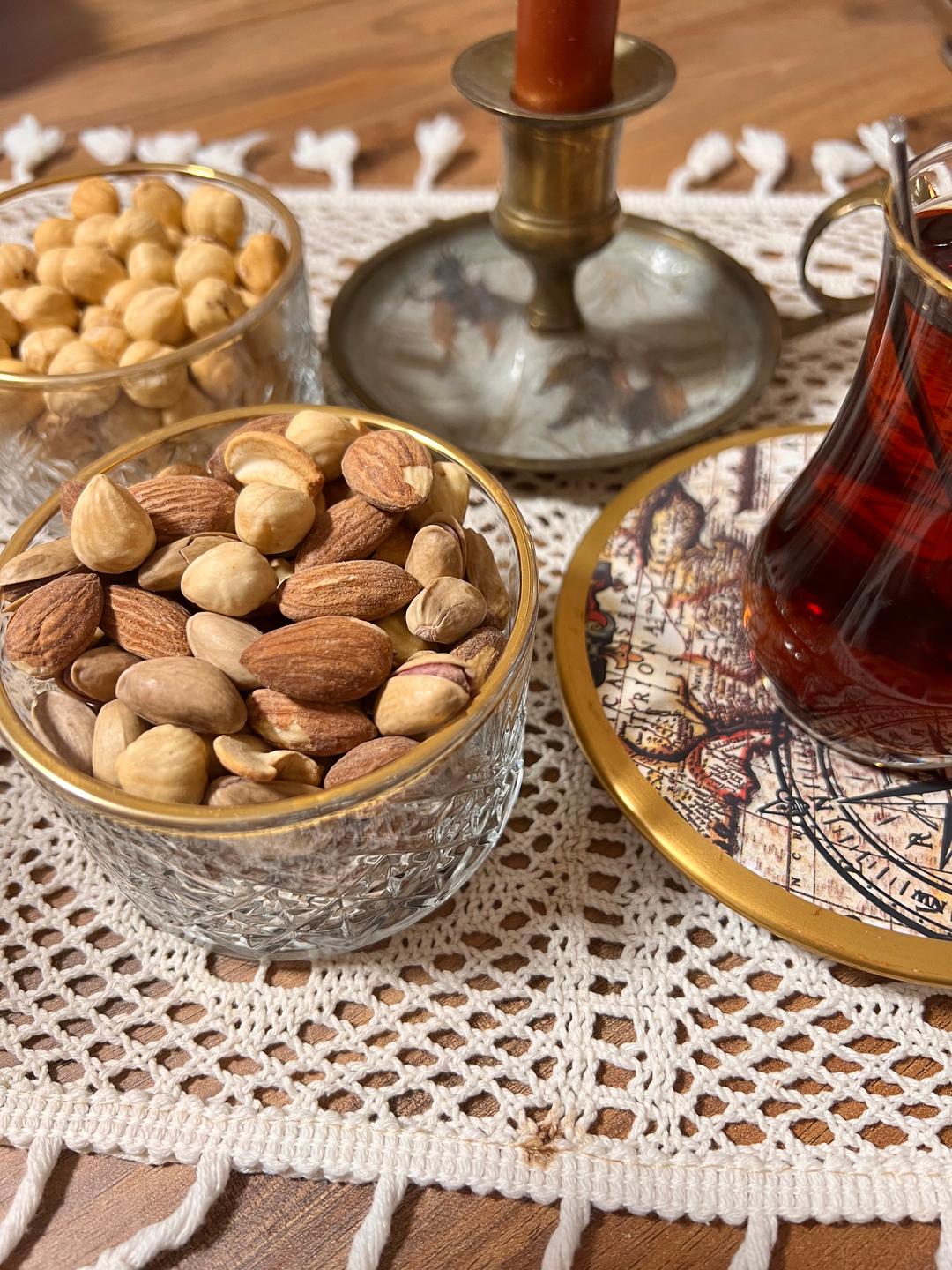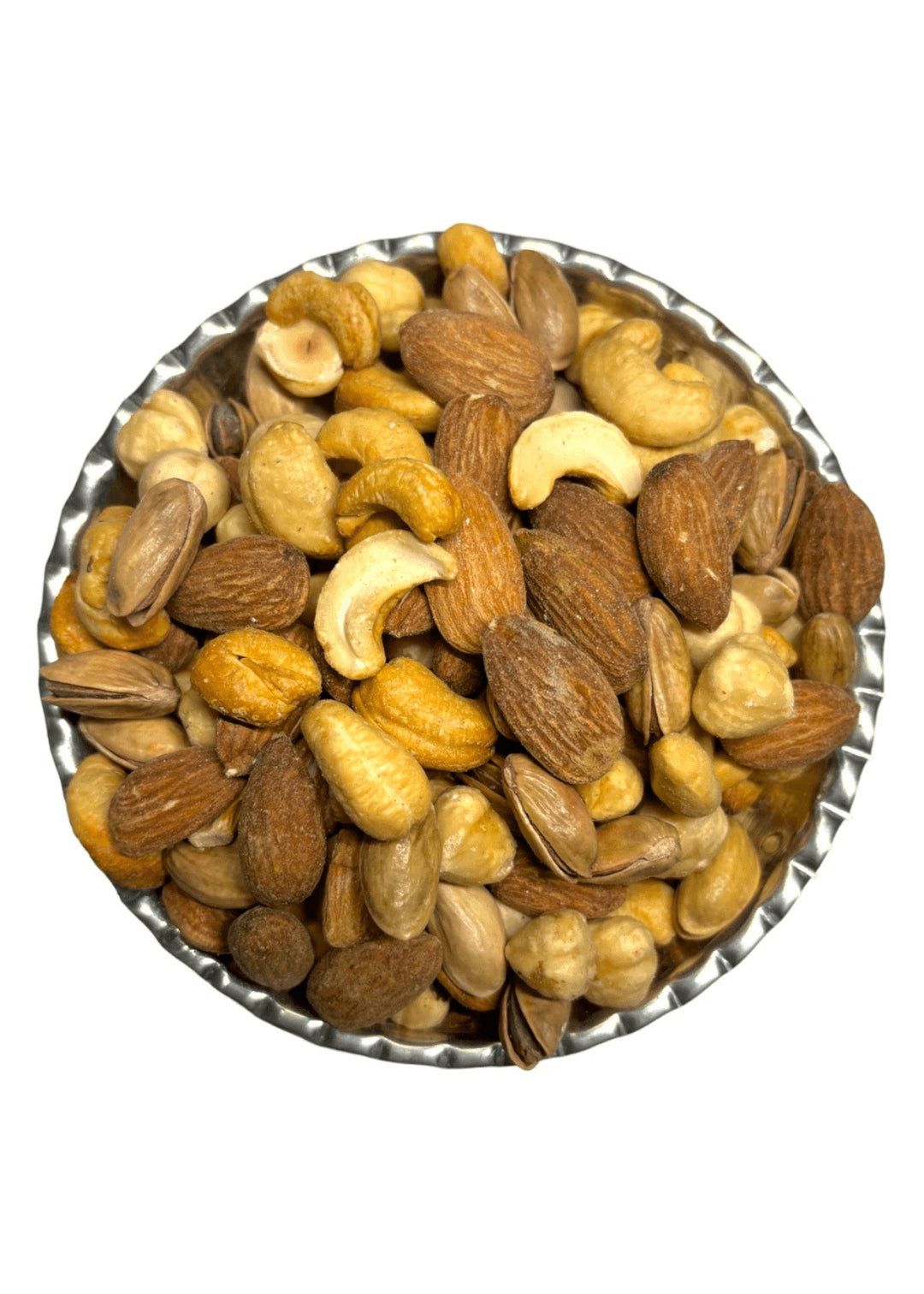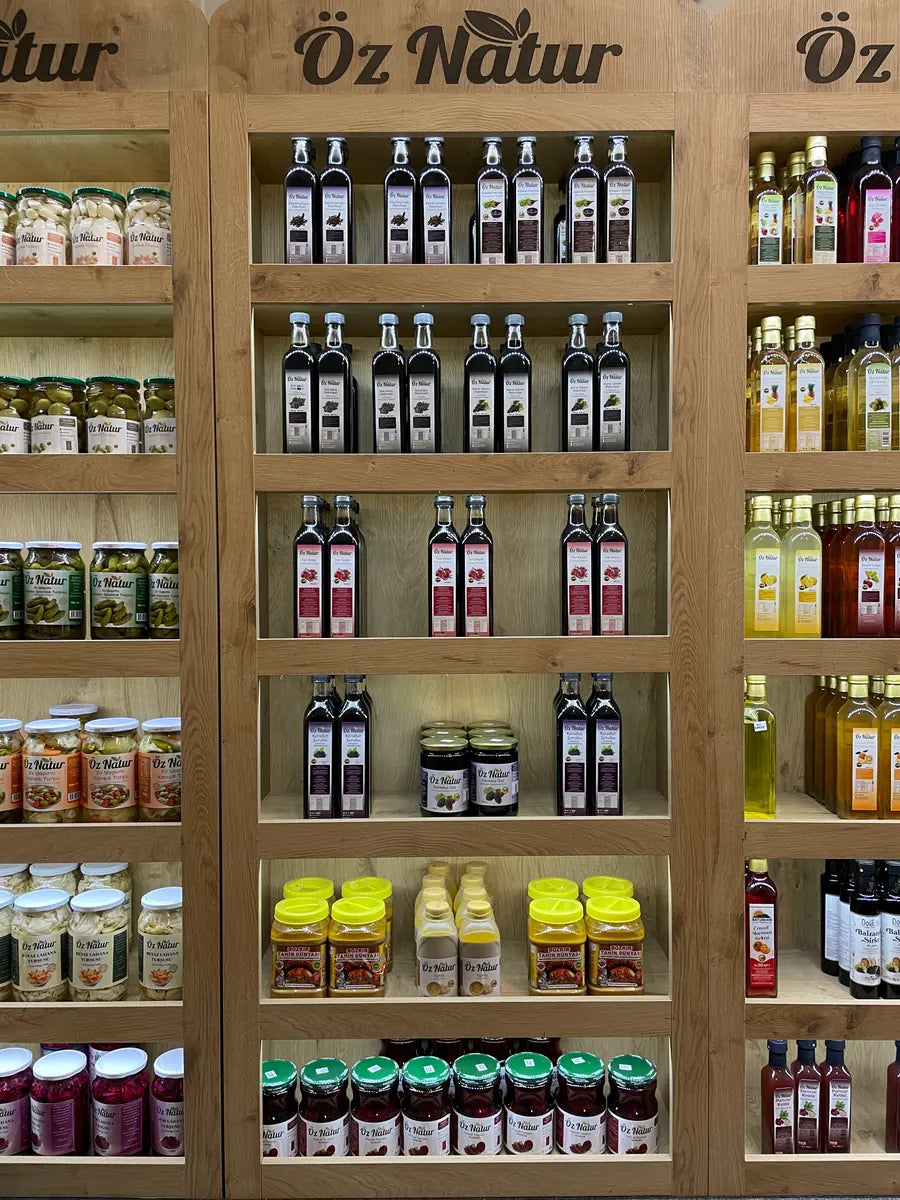Carob molasses is a thick syrup made by boiling the pods of the carob tree. It has a dark color and a light caramel-like aroma. It is commonly used as a natural sweetener or served with breakfast foods.
How to Consume Carob Molasses
Carob molasses can be consumed directly or used as an ingredient in various recipes. In addition to the classic syrup form, it is also available as powder, flour, or a beverage additive. When mixed with warm water, it becomes easier to use due to its dense texture.
It is commonly added to baked goods, desserts, or breakfast recipes as a flavor enhancer. In gluten-free diets, carob flour serves as a useful alternative ingredient. In some regions, the fruit is also used as animal feed.
Difference Between Carob and Grape Molasses
Molasses can be made from different fruits, such as grapes or carob. The taste varies depending on the fruit — some are sweet, others slightly bitter.
Carob molasses is distinct for its dense consistency, dark color, and robust flavor, setting it apart from other molasses varieties.
What to Consider When Consuming
As with all sweet foods, moderation is important. Carob molasses contains natural sugars, so it should be consumed according to one’s dietary plan.
Individuals with specific dietary needs are advised to consult a nutrition expert regarding appropriate serving amounts.
How to Store Carob Molasses
Homemade carob molasses should be stored in a cool, dark place, protected from light.
Commercial products with longer shelf lives should be refrigerated after opening.
Avoid direct sunlight and high temperatures, as they may affect color, texture, and flavor.
If frozen, molasses should be thawed slowly at room temperature — not heated.


